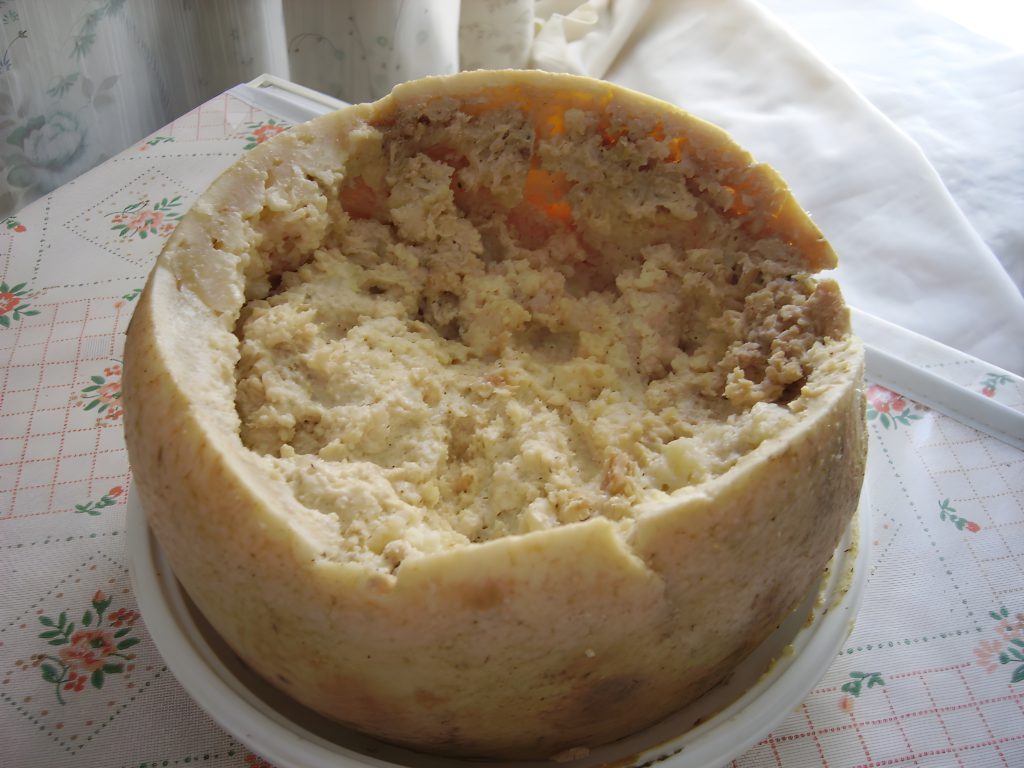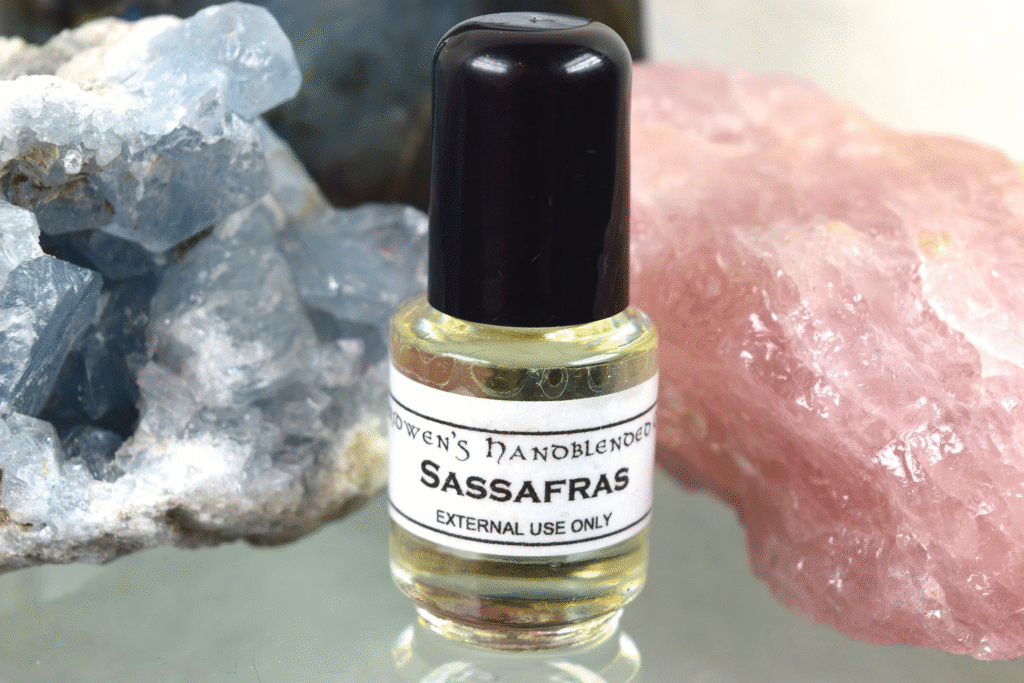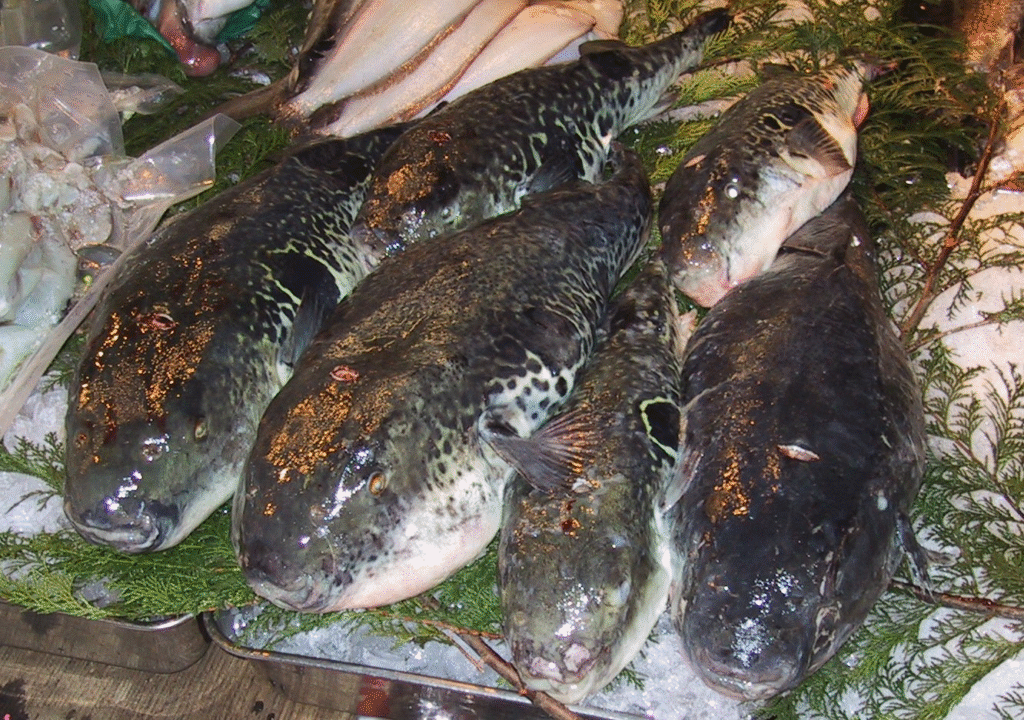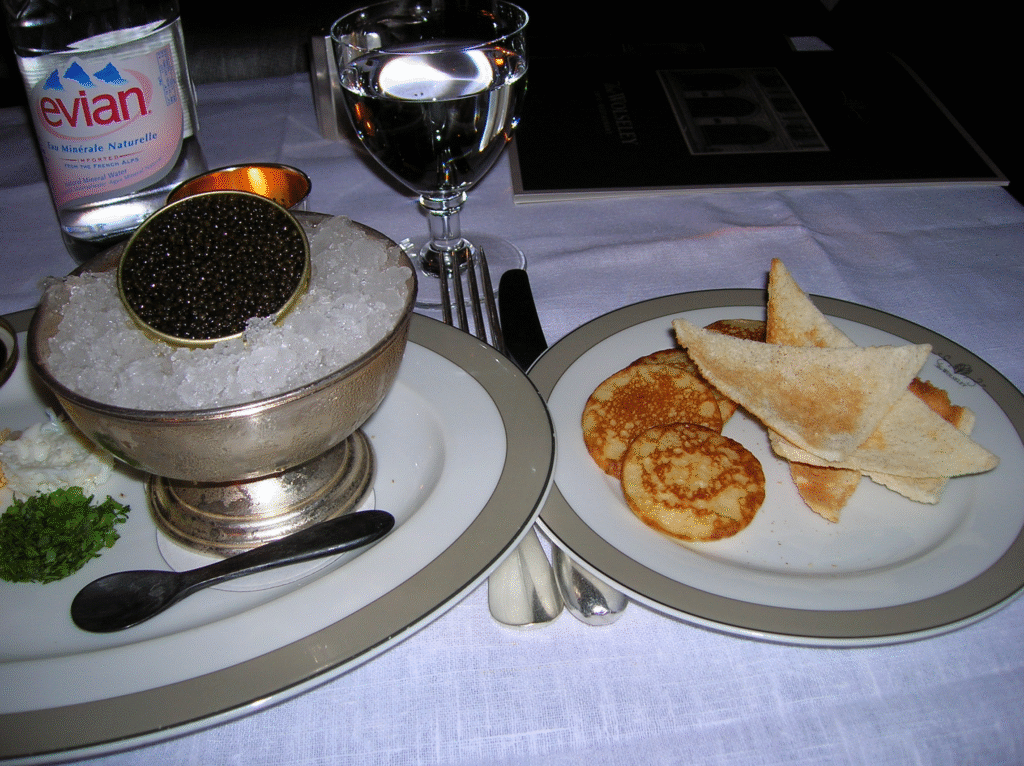
Americans love trying new foods, but federal regulations prevent certain international delicacies from reaching our plates. These bans reveal the balance between culinary freedom and public safety. Regulations adapt constantly—sometimes protecting consumers from genuine risks, other times perhaps limiting cultural experiences unnecessarily.
9. Absinthe

Seeking artistic inspiration? Absinthe once fueled the creative minds of Europe’s most famous painters and writers with its 45-75% alcohol content. Distilled from wormwood, anise, and fennel, this emerald spirit was once believed to cause hallucinations due to thujone. The U.S. banned it in 1912 amid concerns about its supposed health risks.
Absinthe gained a reputation similar to dangerous poisons in popular culture. The ban ended in 2007 when the FDA permitted absinthe containing less than 10 parts per million of thujone.
Today, artisanal American distilleries produce their own versions, though sales have leveled off as the myths about its “green fairy effect” have been debunked. If you’re curious about historical spirits, modern absinthe offers a taste of artistic tradition without the risks that concerned previous generations.
8. Red Dye Number Two

Foods weren’t always so carefully scrutinized until this synthetic color brightened candies, sodas, and baked goods throughout the 1950s and 1960s. The FDA completely banned it in 1976 from all food, drugs, and cosmetics after studies linked it to tumor growth in laboratory rats. You definitely didn’t want this in your home appliances, or on your face.
Manufacturers quickly adapted to this significant change, reformulating products to maintain consumer appeal. Food companies developed alternative coloring methods to replace this once-ubiquitous additive.
The ban prompted significant reforms in food additive safety testing. Many replacement dyes face similar scrutiny today as consumers grow more concerned about artificial ingredients in processed foods. Current food safety standards evolved directly from lessons learned during this controversial color’s investigation and prohibition.
7. Kinder Surprise Egg

Parents worldwide delight their children with these chocolate eggs containing small toys inside, yet they remain illegal in the United States. The FDA prohibits non-edible objects embedded in food products due to choking hazard concerns, especially for young children.
A modified version called Kinder Joy, with separate compartments for chocolate and toys, is legally sold in American stores. Despite the ban, an underground market thrives with smugglers bringing the original Kinder Surprise Eggs from Canada and Europe.
My friend once tried to bring a dozen Kinder Eggs through customs after a trip to Germany. The customs agent found them immediately and confiscated all twelve. She watched helplessly as they were tossed into the contraband bin. Travelers returning to the U.S. should understand these restrictions before packing souvenir chocolates, no matter how innocent they seem.
6. Casu Marzu

Would you eat cheese that moves on its own? This traditional Sardinian sheep’s milk cheese uses a unique fermentation process involving live fly larvae (Piophila casei). The maggots break down fats in the cheese, creating its signature soft, liquid-like texture and strong flavor.
The FDA bans Casu Marzu due to serious health concerns about bacterial contamination and potential digestive infections. The production involves intentionally introducing insects that transform the cheese’s texture and flavor profile completely.
Despite these risks, it remains a cultural delicacy in Sardinia and has developed notoriety among extreme food enthusiasts willing to try it through black market channels. Adventurous eaters often seek out this controversial cheese, though health experts unanimously warn against consuming foods containing live insects.
5. Haggis

Burns Night celebrations aren’t complete without Scotland’s national dish that combines sheep’s heart, liver, and lungs with oats, onions, and spices. All encased in a sheep’s stomach and then boiled, it’s a centerpiece at traditional Scottish gatherings.
The U.S. FDA specifically bans haggis containing sheep lungs, which can trap contaminants during slaughter and increase foodborne illness risks.
American manufacturers now produce lung-free alternatives that comply with regulations. These versions attempt to maintain traditional flavors for Scottish-Americans and curious diners seeking a taste of Scotland without booking a flight to Edinburgh. Traditional recipes constantly evolve to meet modern safety standards while preserving cultural connections.
4. Sassafras Oil

If you miss the original root beer flavor your grandparents enjoyed, sassafras oil is likely the reason why. This natural flavoring once gave traditional root beer its distinctive earthy taste before the FDA banned it in the 1960s after identifying its compound safrole as causing liver damage and cancer in laboratory animals.
Scientists identified the specific dangerous compound while recognizing the cultural importance of the flavor. Regulatory concerns increased when authorities discovered safrole is also used as a precursor for MDMA production.
Modern root beer uses sassafras-free extracts or synthetic alternatives. These substitutes mimic the original flavor without the health risks, allowing the American tradition of root beer to continue safely. Food scientists successfully recaptured the nostalgic taste while eliminating the dangerous components that once threatened public health.
3. Fugu

One wrong cut could kill your dinner guests when preparing this Japanese pufferfish containing tetrodotoxin, a poison 1,200 times deadlier than cyanide. The neurotoxin concentrates in the fish’s organs but not in properly prepared meat. In Japan, chefs undergo years of specialized training and licensing to safely remove the toxic parts.
The preparation requires extraordinary precision and knowledge. A chef I met who trained in Tokyo said his master made him practice for two years before touching a real fugu.
The FDA strictly regulates fugu in the United States. Only pre-prepared fish from licensed experts is permitted for import. Despite the dangers, fugu remains highly regarded among culinary adventurers for both its taste and the skilled preparation required. Specialized training transforms a potentially deadly ingredient into a celebrated delicacy sought by food enthusiasts worldwide.
2. Beluga Caviar

Luxury dining took a conservation-minded turn when these large, soft eggs from Beluga sturgeon were banned from U.S. import in 2005. The prohibition came under the Endangered Species Act due to severe overfishing that threatened sturgeon populations in the Caspian and Black Seas.
Beluga sturgeon have existed since dinosaur times but faced near extinction from excessive harvesting. The rapid decline of these ancient fish sparked international concern about sustainable luxury food production.
The import ban has raised awareness about sustainable caviar alternatives. Innovative farming techniques now provide legal options for luxury seafood enthusiasts seeking that distinctive pop and briny flavor. Conservation efforts now protect these prehistoric creatures while encouraging responsible aquaculture practices for future generations.
1. Sea Turtle Meat and Eggs

For millennia, coastal cultures harvested sea turtles until all seven species became protected under U.S. conservation laws. Historically hunted for their meat, eggs, and shells (used for “tortoise shell” jewelry), these ancient reptiles faced severe population declines worldwide.
The Endangered Species Act and international CITES treaty now prohibit hunting or selling sea turtle products. Global cooperation became essential to protect species that migrate through international waters.
Despite these protections, black market demand continues to fuel illegal poaching. This ongoing threat challenges conservation efforts aimed at helping these endangered species recover to sustainable population levels. Recovery programs successfully increased populations in protected areas, demonstrating how effective legislation can reverse environmental damage when properly enforced.





















